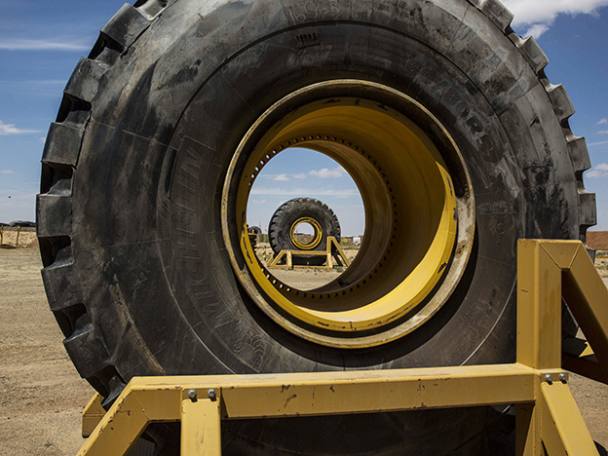“Disciplined capital allocation” is a phrase that has peppered Rio Tinto (RIO) literature for several years. According to the miner’s website, the corporate mantra was first uttered midway through 2013 by newly installed finance chief Chris Lynch, as he discussed planned annual capital expenditure of $14bn (£10bn), down from $17.6bn in the previous year.
Long-term investors in Rio will recall the fruits of that breed of discipline – massive write-downs, an overburdened balance sheet, stalled dividends and a bruised market valuation. But nearly five years on, shareholders must now ask themselves whether the inverse might be true; namely, might Rio’s current approach to discipline stunt future profitability?
Here’s what “disciplined capital allocation” looked like in 2017: after better commodity prices pushed operating cash flow to $13.9bn, and $2.7bn was raised through asset sales, Rio allocated $2.8bn to debt repayments, $4.5bn to new projects, and a record $5.2bn to the full-year dividend. That wasn’t all for near-term shareholder returns. After retiring $2.1bn-worth of stock in 2017, Rio has committed itself to a further $2.9bn of buybacks this year, the bulk of which will be funded by the disposal of Coal & Allied – itself a steady retreat from coal mining billed as “reshaping the portfolio”.
We have argued in favour of mining share buybacks, as one of the least worst uses of cash in a sector where the historical return on equity has been poor. But a few growth options – beyond the Amrun bauxite and Oyu Tolgoi copper-gold projects – wouldn’t go amiss. This year, all eyes should be on exploration targets, and greater detail on Rio Tinto Ventures, a vaguely defined unit set up to identify partnerships with asset owners and partners outside of Rio’s focus on bulk metals, especially iron ore.
Inarguably, that remains the golden egg-laying goose. With a cash profit margin of 68 per cent, Rio’s iron ore operations in Western Australia accounted for 70 per cent of the wider group’s free cash flow in 2017. Although forecasts for the metal remain gloomy, these results provided further evidence that Chinese buyers will continue to pay a premium for Rio’s higher-quality Pilbara blend. Despite this, analysts expect pre-tax profit and adjusted EPS to soften to $11.7bn and $4.64 this year (from $12.6bn and $4.88 in 2017).
| RIO TINTO (RIO) | ||||
| ORD PRICE: | 3,850p | MARKET VALUE: | £69.8bn* | |
| TOUCH: | 3,849-3,850p | 12-MONTH HIGH: | 4,190p | LOW: 2,883p |
| DIVIDEND YIELD: | 5.4% | PE RATIO: | 11 | |
| NET ASSET VALUE: | 2,553¢^ | NET DEBT: | 8% | |
| Year to 31 Dec | Turnover ($bn) | Pre-tax profit ($bn) | Earnings per share (¢) | Dividend share (¢) |
| 2013 | 51.20 | 3.50 | 198 | 192 |
| 2014 | 47.66 | 9.55 | 353 | 215 |
| 2015 | 34.83 | -0.73 | -47.5 | 215 |
| 2016 | 33.78 | 6.34 | 257 | 170 |
| 2017 | 40.03 | 12.8 | 490 | 290 |
| % change | +18 | +102 | +91 | +71 |
| Ex-div: | 01 Mar | |||
| Payment: | 12 Apr | |||
| £1=$1.39. *Includes UK and Australia-listed shares. | ||||










